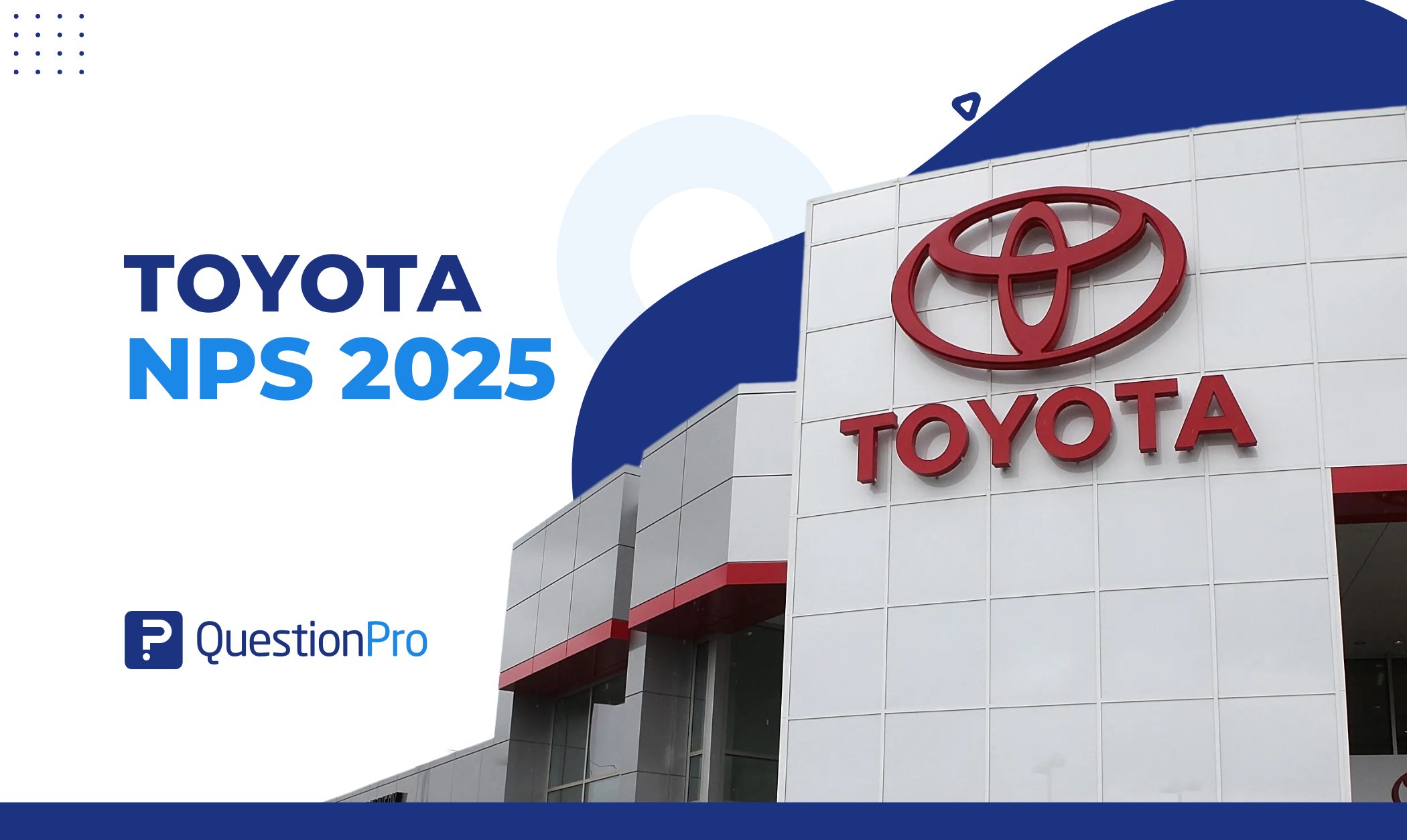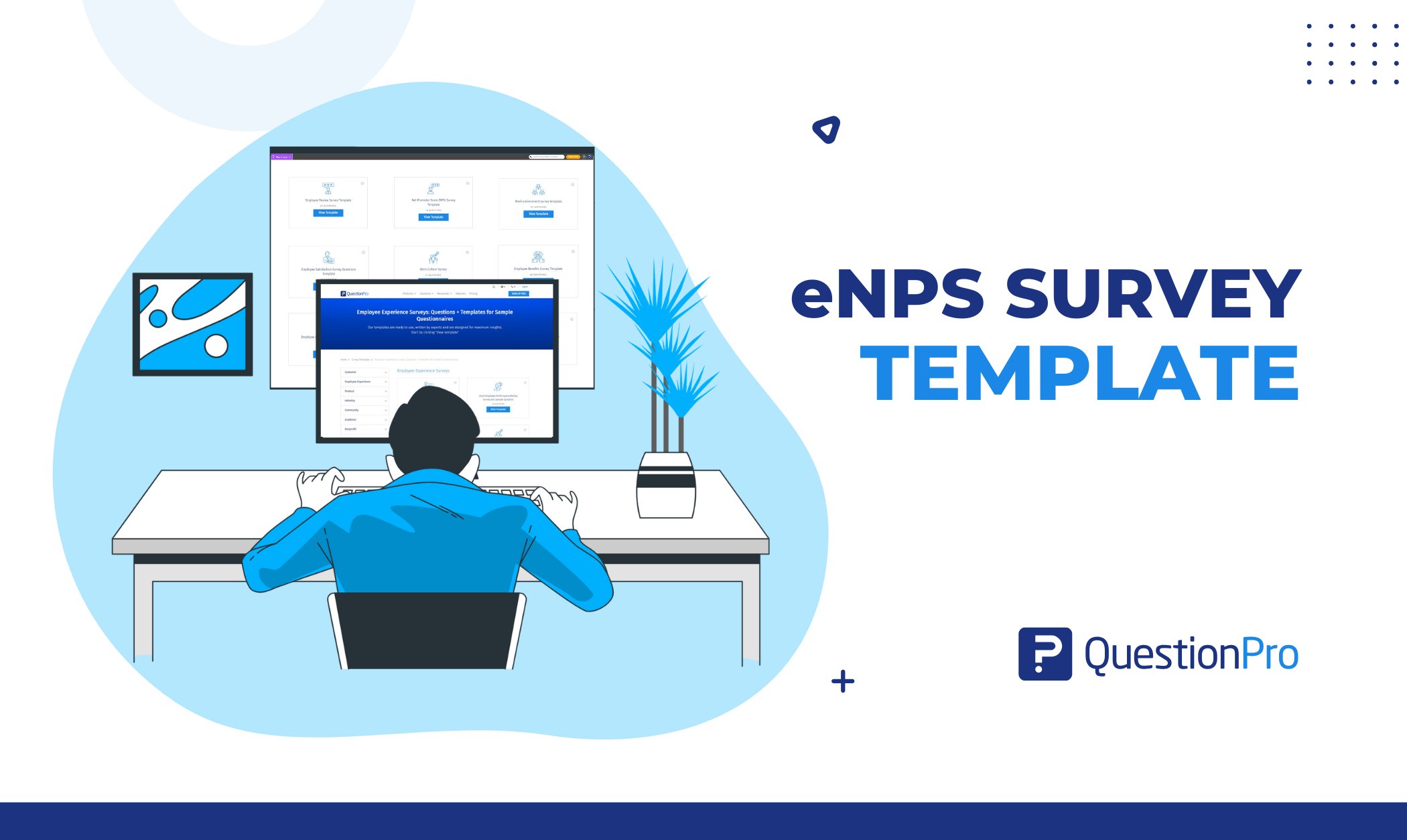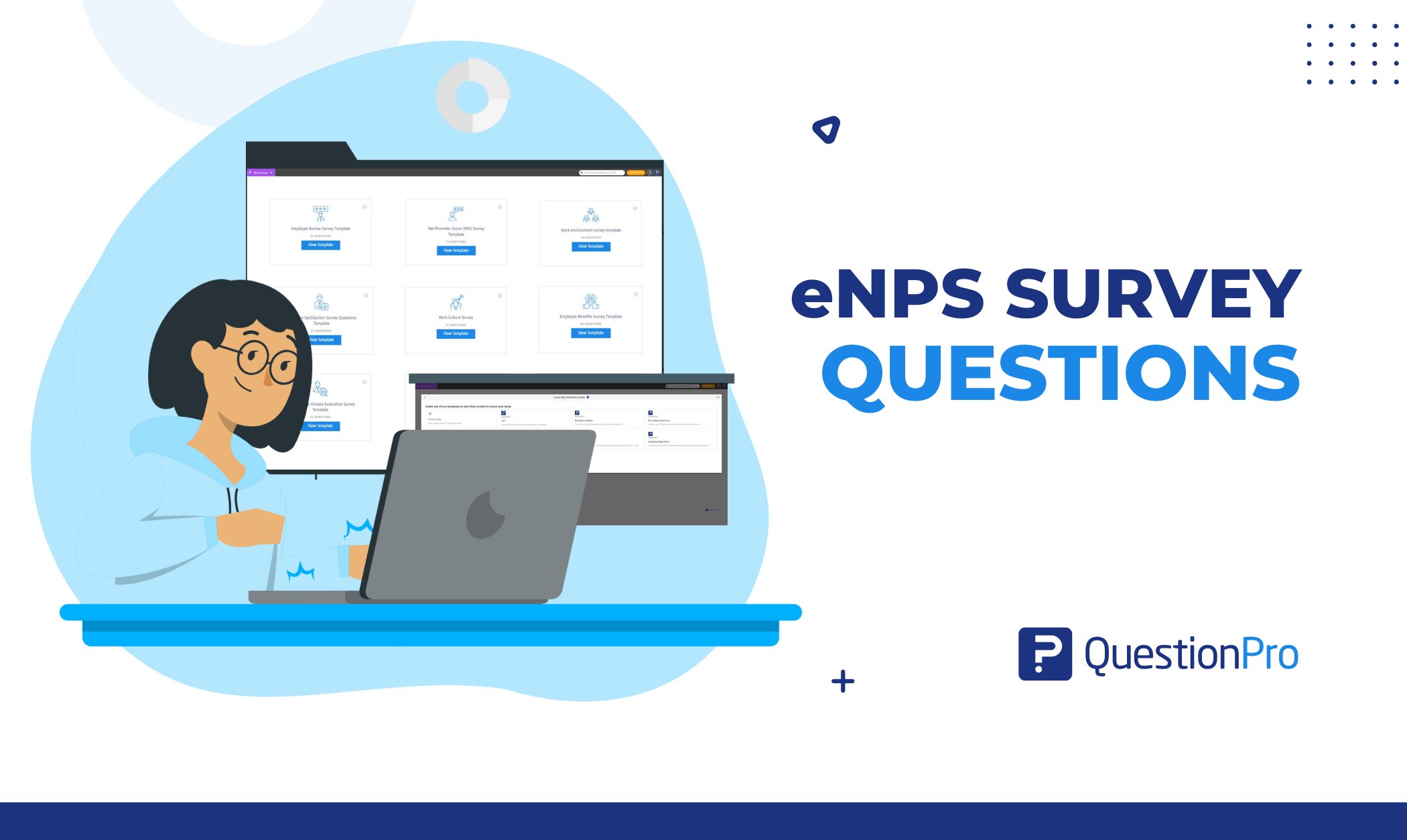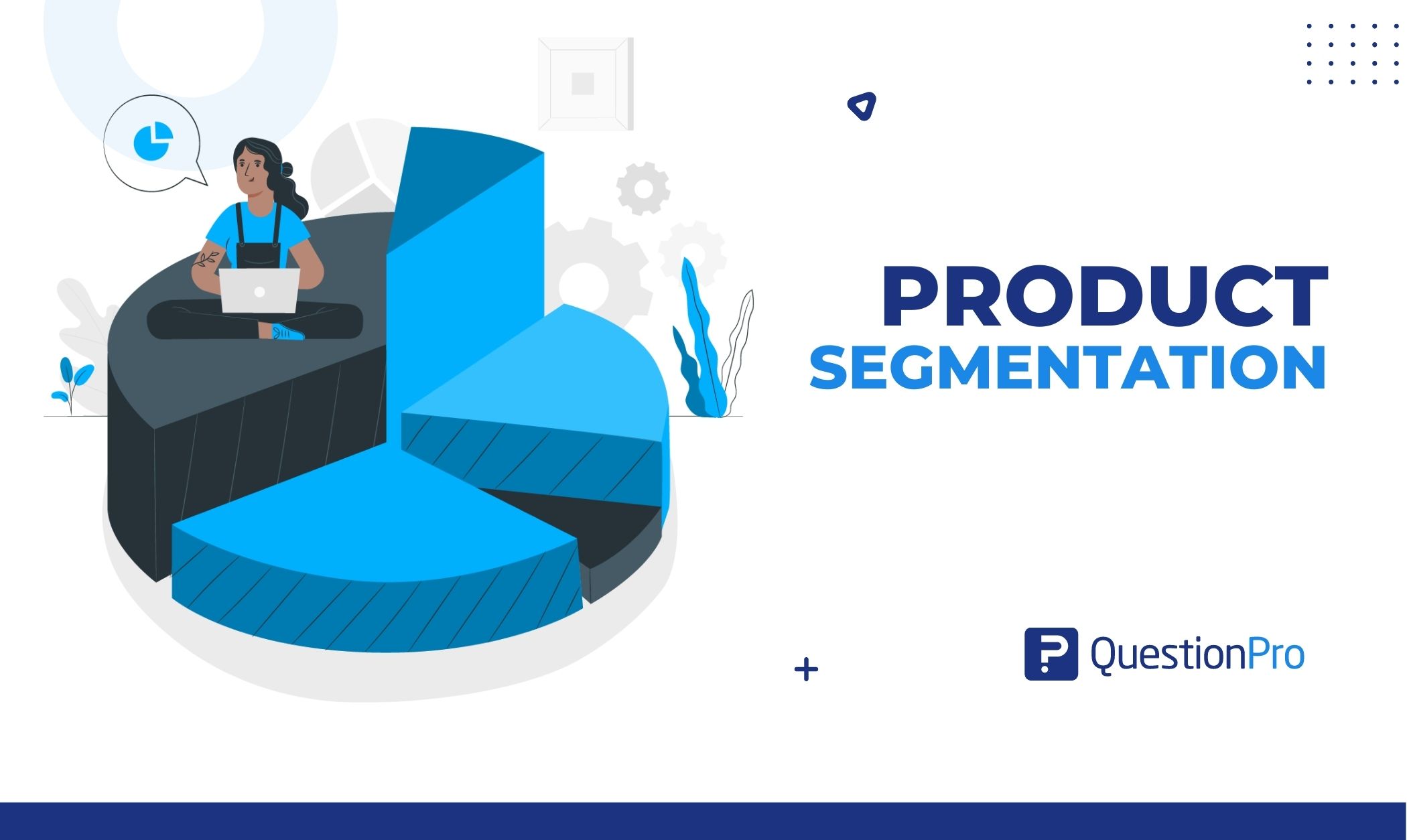
Product segmentation is a critical strategy that can make or break your business’s success. You can increase your market share in more than a couple of ways. First, you should build stronger relationships with your clients by giving them excellent service.
More customers will frequent your establishment if you stand out from the competition and give them something they can only obtain there. But when every other business is attempting the same thing, it can be challenging.
Product segmentation makes it more likely that your business will draw the kind of loyal customer base that will ensure its ongoing success. In this blog, we will learn about product segmentation, its importance, and ways to conduct it.
What is Product Segmentation?
Product segmentation is an essential component of any effective marketing plan. It entails a market segmentation into smaller groups of customers that have similar needs or criteria to develop customized products or marketing campaigns for these segments.
Customer demands and preferences vary with personality. Product segmentation can satisfy all niche market preferences. Companies that identify and target these segments can grow sales and gain a competitive advantage by focusing on the specialized demands of certain clients to improve customer satisfaction.
LEARN ABOUT: Market Evaluation
Importance of Product Segmentation
Product segmentation is essential to any marketing plan since it enables businesses to identify and target particular customer demographics with customized goods and advertising campaigns. Product segmentation is important for the following reasons:
- Cost-effective: Businesses can develop products that are more cost-effective by focusing on specific segments rather than the entire market.
- Better product development: By comprehending the particular requirements of various sectors, businesses can produce products more likely to succeed in the market.
- Product pricing: Businesses can eliminate one-size-fits-all pricing by abandoning a single product offering. Companies can use a price strategy that works for each target markets because the product is segmented.
- Higher customer satisfaction: Businesses can build products and marketing strategies that are more likely to meet the needs of their customers by understanding the individual requirements of various segments. This will increase customer satisfaction.
- Better customer insights: Product segmentation enables businesses to understand better the needs, preferences, and behavior of their customers, which can guide future product development, pricing, and marketing tactics.
- Individual product performance: Monitoring individual product performance allows you to assess consumer segment performance. By monitoring the product most closely related to each customer group, you may learn how they react to your product.
Understanding and targeting specific categories of customers is more important than ever in today’s competitive business market. Product segmentation enables businesses to do so effectively, leading to improved sales, higher customer satisfaction, and a competitive advantage in the market.
LEARN ABOUT: Pricing Research
How to Conduct Product Segmentation?
Product segmentation is a crucial marketing strategy that divides your target market into groups based on shared characteristics, needs, or preferences. This segmentation helps you tailor your products, marketing efforts, and messaging to meet the specific demands of each group better. Here are the steps to conduct product segmentation:
1. Conduct product usage and market research.
Begin with the people who already know you. The best way to determine how to divide your goods into various markets is to ask your current clientele.
Observe the product in action with your current clientele to improve it. Think about how you can grow your services to more of these sectors by analyzing the industries they operate in and the features each of their consumer segments uses most.
Gather data about consumers’ wants, desires, and buying habits through research. There are various methods for doing this, such as surveys, interviews, and focus groups with customers.
2. Identify segmentation variables
Determine factors that can be utilized to divide the market into more manageable categories, including:
- Demographics: It includes factors such as age, gender, income, education level, and occupation. This data will help determine which customer segment a specific product will appeal to.
- Geographic: It can also be segmented by regional, urban, or rural location. You may learn a lot about how to market to a region by watching how customers from that region use your product.
- Behavioral: This is about evaluating how customers react when interacting with products and your company. Customer behavior can be segmented using purchasing patterns, brand loyalty, and usage rates.
- Psychographic: Depending on customer attitudes and lifestyle, this can be segmented based on personality, values, interests, and way of life.
- Benefit: Some things, such as a car for a family or a fashion watch, are bought for the specific advantages they offer.
- Use Case: Some items are utilized in particular contexts or scenarios, such as a vacuum cleaner for a home or a water bottle for outdoor activities.
3. Develop a pricing segmentation model.
After using your data to develop and identify solutions for several types of products, you’ll need to select a pricing strategy. Even though it’s tempting to charge the same amount for all your products, you’ll probably leave money on the table if you do.
To better understand how to price each product category to achieve your growth targets, it is helpful to examine Van Westendorp’s price sensitivity meter thoroughly.
QuestionPro’s sophisticated Van Westerdorp pricing question can help you develop a more effective price strategy through market research. The Van Westendorp pricing method uses a series of open-ended questions to gather information from respondents to determine key emotional price points.
4. Develop a positioning strategy.
Develop a positioning plan for each target customers group based on their particular requirements and traits. Create and implement a marketing mix that will appeal to each potential customers market category, including product design, pricing, promotion, and distribution.
With the data and customer personas you’ve collected, you can now sell each part of your product line independently. It will take a lot of work, but the reward will be significant in terms of increased sales and less customer turnover.
LEARN ABOUT: Behavioral Targeting
Product segmentation examples
Product segmentation is the process of dividing a market into distinct groups of consumers based on specific characteristics or needs, to tailor products or marketing strategies to meet the specific requirements of each group better. There are several standard methods of product segmentation, and I’ll explain a few examples of each:
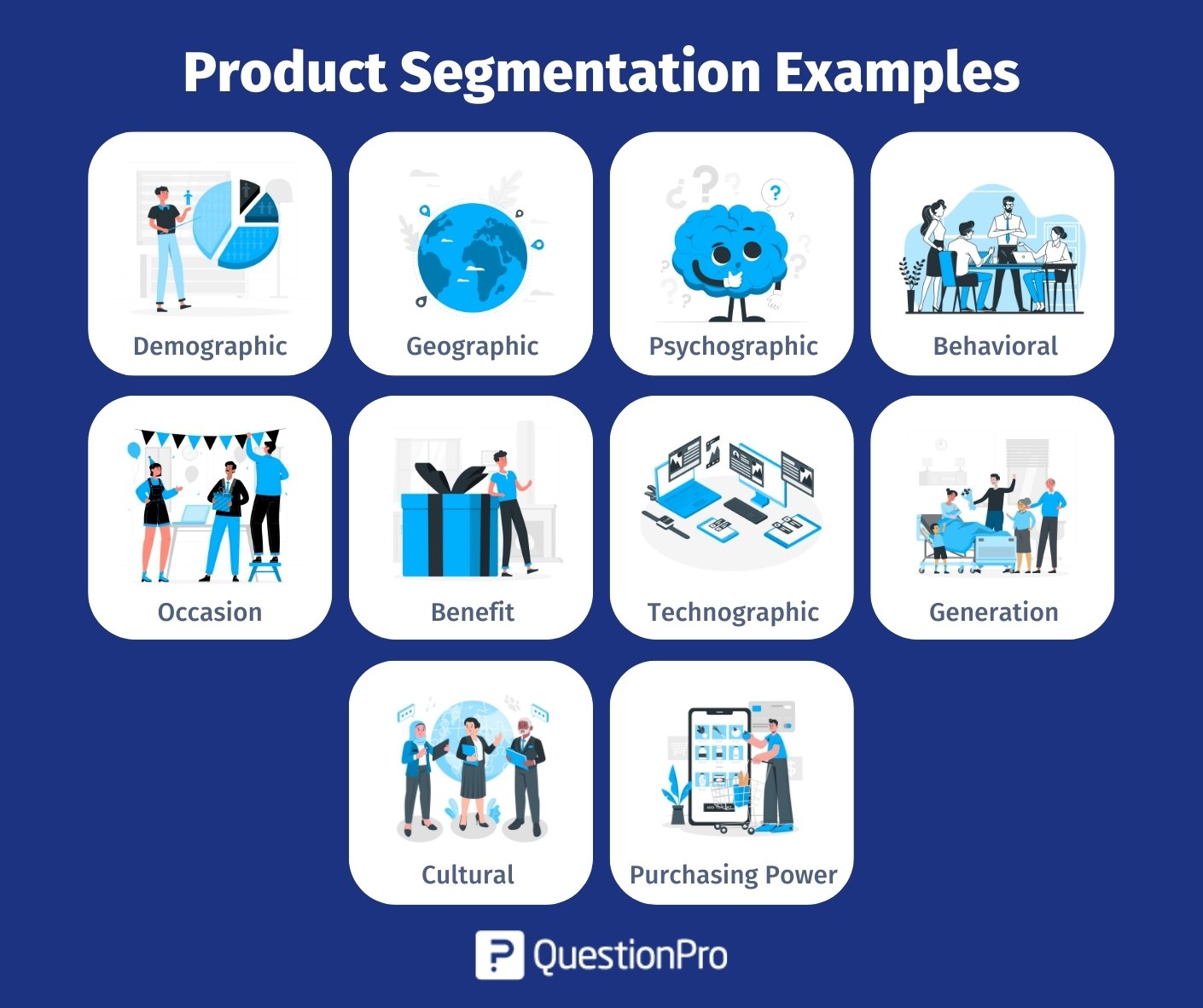
Demographic Segmentation
- Age: Products and marketing can be tailored for different age groups. For example, toys for children, gadgets for young adults, and retirement services for the elderly.
- Gender: Some products are marketed specifically to men or women, such as cosmetics and grooming products or men’s and women’s apparel.
- Income: Luxury brands target high-income individuals, while budget brands cater to lower-income ones.
Geographic Segmentation
- Region: Products can be adapted to the preferences and needs of people in different geographic areas. For example, winter clothing is in colder regions, and summer clothing is in warmer areas.
- Country: Companies may offer variations of products to suit cultural or regulatory differences in various countries.
Psychographic Segmentation
- Lifestyle: Products can be designed for different lifestyles—for example, outdoor gear for adventure enthusiasts or luxury products for individuals with a lavish lifestyle.
- Personality: Some products target specific personality traits. For instance, adventurous and risk-taking individuals might be more interested in extreme sports equipment.
Behavioral Segmentation
- Usage Rate: Products can be customized for light, moderate, or heavy users. For example, mobile phone plans offer different data packages for light and heavy users.
- Brand Loyalty: Marketing strategies may vary for customers who are loyal to a brand and those who are open to switching brands.
Occasion Segmentation
- Special Occasions: Products can be designed for specific events or holidays—for example, seasonal decorations for Christmas or Valentine’s Day.
- Regular vs. Irregular Purchase: Products can be tailored for everyday use or infrequent, special occasions. For instance, everyday laundry detergent versus a stain-removing product for occasional use.
Benefit Segmentation
- Product Features: Tailoring products to specific benefits that customers seek. For instance, toothpaste offers teeth whitening, cavity protection, or sensitivity relief.
- Customer Needs: Some customers may want a product for convenience, while others may prioritize cost-effectiveness or environmental friendliness.
Technographic Segmentation
- Technology Adoption: Products can be segmented based on the level of technology adoption by customers. For example, offering basic and advanced versions of software or gadgets.
Generation Segmentation
- Generation-Specific Products: Some products cater to the preferences and needs of specific generations, like Generation Z, Millennials, or Baby Boomers.
Cultural Segmentation
- Ethnic or Cultural Background: Products can be tailored to the cultural values, customs, and preferences of different ethnic or cultural groups.
Purchasing Power Segmentation
- High-End vs. Budget Products: Companies may offer premium and budget versions of their products to cater to customers with varying purchasing power.
Difference between market segmentation and product segmentation?
Market segmentation and product segmentation are two different concepts used in marketing to better target and cater to the needs of specific groups of customers. Here are the key differences between the two:
1. Focus:
Market Segmentation: The market segmentation strategy involves dividing a larger, heterogeneous market into smaller, more homogeneous segments based on various characteristics, such as demographics (age, gender, income, education), psychographics (lifestyles, values, attitudes), behavior (buying habits, product usage), or geographic location. The goal is to identify distinct customer groups with everyday needs and preferences.
Product Segmentation: Product segmentation, on the other hand, involves categorizing and tailoring products or services to meet the specific needs and preferences of different customer segments. It is about customizing the product itself or its marketing and distribution strategies to suit the preferences of particular groups of customers.
2. Purpose:
Market Segmentation: The primary purpose of market segments is to identify and understand the diverse characteristics and behaviors of different customer groups, which helps businesses tailor their overall marketing and communication strategies to reach and serve these segments.
Product Segmentation: Product segmentation aims to optimize product offerings or features to align with the unique demands of specific customer segments. It helps businesses create different product variations or adapt existing ones to meet the requirements of distinct customer groups.
3. Approach:
Market Segmentation: Market segmentation is about understanding the consumer and developing marketing strategies that speak to the needs and wants of different segments. It guides decisions related to advertising, pricing, and distribution channels.
Product Segmentation: Product segmentation is more product-centric. It involves modifying the product itself, its design, features, or packaging to cater to the specific preferences of different customer segmentation. This can result in different product versions or variations.
4. Examples:
Market Segmentation: An example of a market segment would be a clothing retailer identifying that one segment of its customer base prefers high-end, designer fashion. In contrast, another prefers budget-friendly, casual clothing. The retailer would then create separate marketing campaigns and promotions for each segment.
Product Segmentation: An example of product segmentation would be a smartphone manufacturer offering different models of phones with varying features, prices, and designs to target different customer segments. For instance, they have a high-end model for tech enthusiasts and a budget model for price-conscious consumers.
Using QuestionPro Research in Product Segmentation
QuestionPro Research Suite is a survey software that can help with product segmentation by giving you various tools and features to collect, analyze, and visualize customer data. Some of the most critical ways that QuestionPro Research Suite can help with product segmentation are:
- Surveys and questionnaires: The software lets users make and send out surveys and questionnaires to find out what customers like, what they need, and how old they are.
- Advanced data analysis: The QuestionPro Research Suite has several tools for analyzing data, such as crosstabs, filters, and segments, which can be used to find specific customer segments and what they have in common.
- Segmentation reporting: The software lets users make reports and visualizations that show how different groups of customers use a company’s products and services.
- A/B testing: The QuestionPro Research Suite also lets you do A/B testing to find out which products or features are most popular with different types of customers.
- Distribution: Surveys and questionnaires can be sent through email, social media, web links, and other ways.
QuestionPro Research Suite can help businesses divide their customer base into different groups, find out what their customers like, and use that information to make their products, features, and marketing fit those groups.
Conclusion
Product segmentation is a method of providing products to your customers while maintaining quality and maximizing sales opportunities. It requires data analysis, customer and market segmentation, pricing segmentation methods, and marketing strategy for each part.
Then, this information can be used to find groups of customers with similar characteristics, like age, income, or buying habits. Marketers can use this information to ensure their products or marketing messages suit each segment. This makes the use of resources more effective and efficient.
QuestionPro Research Suite is a powerful survey software that can help businesses with product segmentation by offering a variety of tools and features for collecting, analyzing, and visualizing customer data.
Its simple interface, advanced data analysis capabilities, and segmentation reporting capabilities can assist businesses in identifying specific customer segments and tailoring their products and marketing messages accordingly.
Start gathering and analyzing data on your clients by registering for QuestionPro Research Suite immediately if you want to advance your attempts at product segmentation. You may get a fantastic opportunity to test the software and evaluate its advantages with its free trial.




